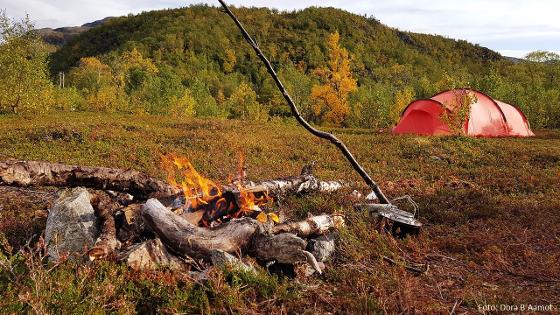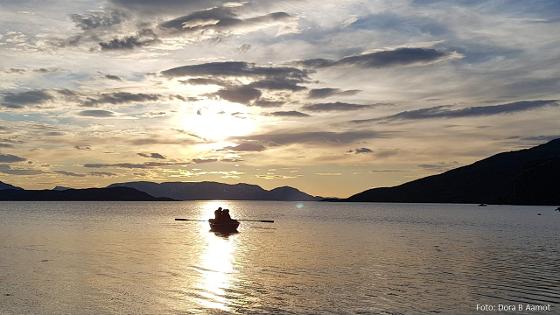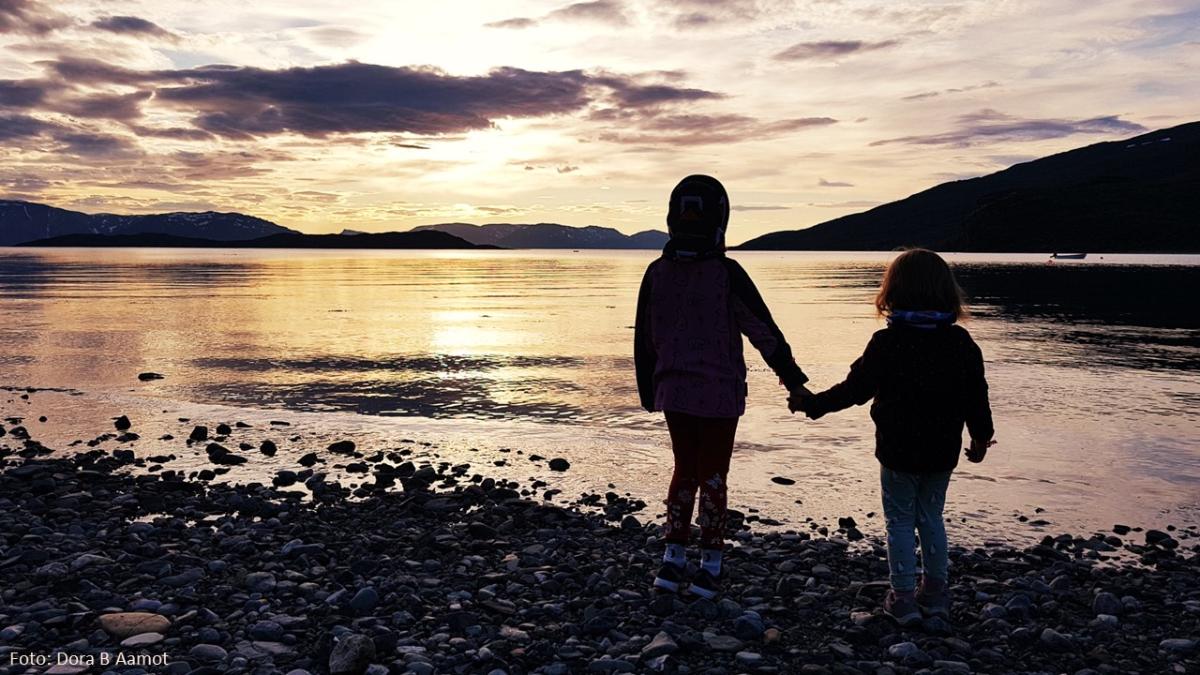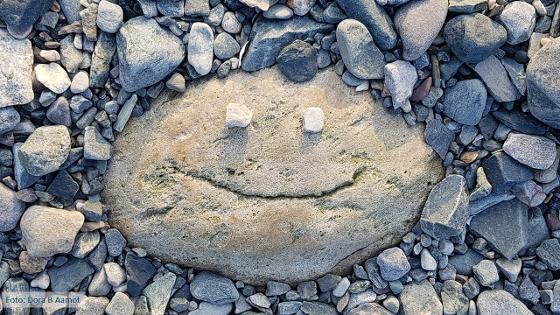Cooperation and Sustaining Tourism during and after the COVID-19 Pandemic
by Dora Bimbo Aamot

Three years have passed since the travel and tourism industry was brought to its knees, with closed borders, travel restrictions, prohibitions, companies without visitors, shutdowns and bankruptcy. By getting an insight into the tourism industry in Alta, Northern Norway through in-depth interviews with both tourism companies, destination companies and tourism organizations, important elements of a corona-transformed, but successful tourism industry were illuminated.
The main pillars of survival
Let us have a look at the elements that make the tourism of Alta strong, robust and able to survive a disaster, in this case, a pandemic. During my ongoing doctoral research, I have identified three main pillars of the succeeding tourism businesses.
The first pillar is sustainability (UNWTO, 1995; UNWTO, 2017; UNWTO, 2005). The tourism companies involved in this project are able and willing to preserve and protect the environment, the nature they are using and selling as tourism products. They do so by promoting all-round, ecofriendly use of outdoors and nature, by preferring non-motorized vehicles, and when nothing but motorized aids can be used, they show extreme care. Another important key word is “transport without a trace”. This means in practice that they do not leave anything behind, and they strongly oppose littering and vandalism of nature. Most of the camp sites are regularly moved to avoid unnecessary stress on the flora and fauna. They have long term plans and cooperate with the authorities to develop sustainable outdoor and nature policies.
They are also able and willing to preserve and protect the local community, with its cultural heritage, looking at the local community as potential employees, potential guests, visitors, and as part of their product, part of Alta as a tourist destination.

The second pillar is resilience (Hall, Prayag and Amore, 2017; UNWTO, 1995). The tourism businesses want to and are able to change, to transform and to adapt. There are several instruments that facilitated this transformation during and after the pandemic. For instance, the financial aid provided by the Norwegian government and other projects financed by regional organizations or the municipality. Another advantage was that the companies were aware of the different needs and expectations of the domestic and international market and recognized early the necessity of the adjustment of products and marketing actions. Knowledge production and sharing knowledge became very important, therefore, several webinars and seminars were held to teach how to transform products to the Norwegian and local market. By the profit of previous years, by the national financial aid arrangements and by cooperative local banks and loan possibilities, several of these companies began with significant accommodation projects during the period without tourists. Many companies also used this period to start the process of being certified as a sustainable company (Innovation Norway, 2021).
The third pillar is the will and ability to co-exist (Innovation Norway, 2021; UNWTO, 1995). Tourism businesses in Alta are not competing with each other. I might even be so bold as to say that we see a lack of competitiveness. Well, at least it is less competition-driven then what you typically experience. These tourism companies leave space for each other to exist and to grow, and they have confidence in the attractiveness of their own unique tourism products. The companies trust each other, they know that their visitors will get high quality products and be satisfied with the other companies as well.

And what is at the core of all these pillars? It is cooperation.
“No man is an island”
Cooperation, as the core element can be identified across various actors and across various scales within the scope of this study. Such as between tourism companies, and between companies and higher-level organizations. Here we have a huge web of interconnections. We have the tourism businesses, we have the destination company, which is responsible for the marketing and information flow of a destination, we have the municipality that provides financial support through various projects. We also have cluster companies and regional and national organizations. All these institutions work for increased value creation and increased capacity, work for a year-round tourism without low-seasons, work for good living conditions and welfare for the local community, and work for creating powerful experiences and lasting memories for its visitors (Innovation Norway, 2021).
We find close cooperation between the tourism companies and the local society, as well as with the surrounding nature. These two, interconnection with the local society and interconnection with nature are key elements here. The value of these two will further increase in the future, therefore having focus on these will give an advantage during other future disturbances, as well (Innovation Norway, 2017; Innovation Norway, 2021).

Then, if we look at cooperation from a broader perspective, then we find partnership among the Sustainable Development Goals (UNWTO, 2017), where the importance of global-partnership and stakeholder-partnership for sustainable development is highlighted, as well as effective cooperation among governments at the national, regional and local level, the private sector and among destinations and communities.
Through the various forms of cooperation, tourism companies are able to adapt, support each other and learn from each other, therefore they are able to survive disturbances. Through cooperation they are able to co-exist. Through cooperation they are able to protect and be protected, hence, they are able to operate environmentally, socially and economically sustainable tourism businesses. Therefore, emphasizing cooperation as an essential factor for overcoming the challenges caused by the pandemic can serve as an aiding tool for the tourism sector to face disturbances they might meet in the future.

References:
Hall, C. M., Prayag, G. and Amore, A. (2017). Tourism and resilience: Individual, organisational and destination perspectives, Channel View Publications.
Innovation Norway (2017). Towards Sustainable Travel and Tourism in Norway – A roadmap. Available online: Tourism-Road-Map-Norway.pdf (destinationcenter.org) (accessed on May 10, 2023)
Innovation Norway (2021). "National Tourism Strategy 2030." Available online: Nasjonal_Reiselivsstrategi_engelsk_red_c59e62a4-6fd0-4a2e-aea1-5e1c6586ebc6.pdf (simpleviewcms.com) (accessed on May 10, 2023)
UNWTO (1995). Agenda 21 for the Travel and Tourism Industry (English version). Available online: Agenda 21 for the Travel and Tourism Industry (English version) | World Tourism Organization (e-unwto.org) (accessed on May 10, 2023)
UNWTO (2005). "Making tourism more sustainable–a guide for policy makers." New York: UNEP UNWTO. Available online: Making Tourism More Sustainable - A Guide for Policy Makers (English version) | World Tourism Organization (e-unwto.org) (accessed on May 10, 2023)
UNWTO (2017). Measuring Sustainable Tourism: A Call for Action (Report of the 6th International Conference on Tourism Statistics). Manila. Available online: Measuring Sustainable Tourism: A Call for Action – Report of the 6th International Conference on Tourism Statistics, Manila, Philippines, 21 – 23 June 2017 | World Tourism Organization (e-unwto.org) (accessed on May 10, 2023)
UNWTO (2017). Tourism and the sustainable development goals – Journey to 2030, United Nations World Tourism Organization Madrid. Available online: Tourism and the Sustainable Development Goals – Journey to 2030, Highlights | World Tourism Organization (e-unwto.org) (accessed on May 10, 2023)